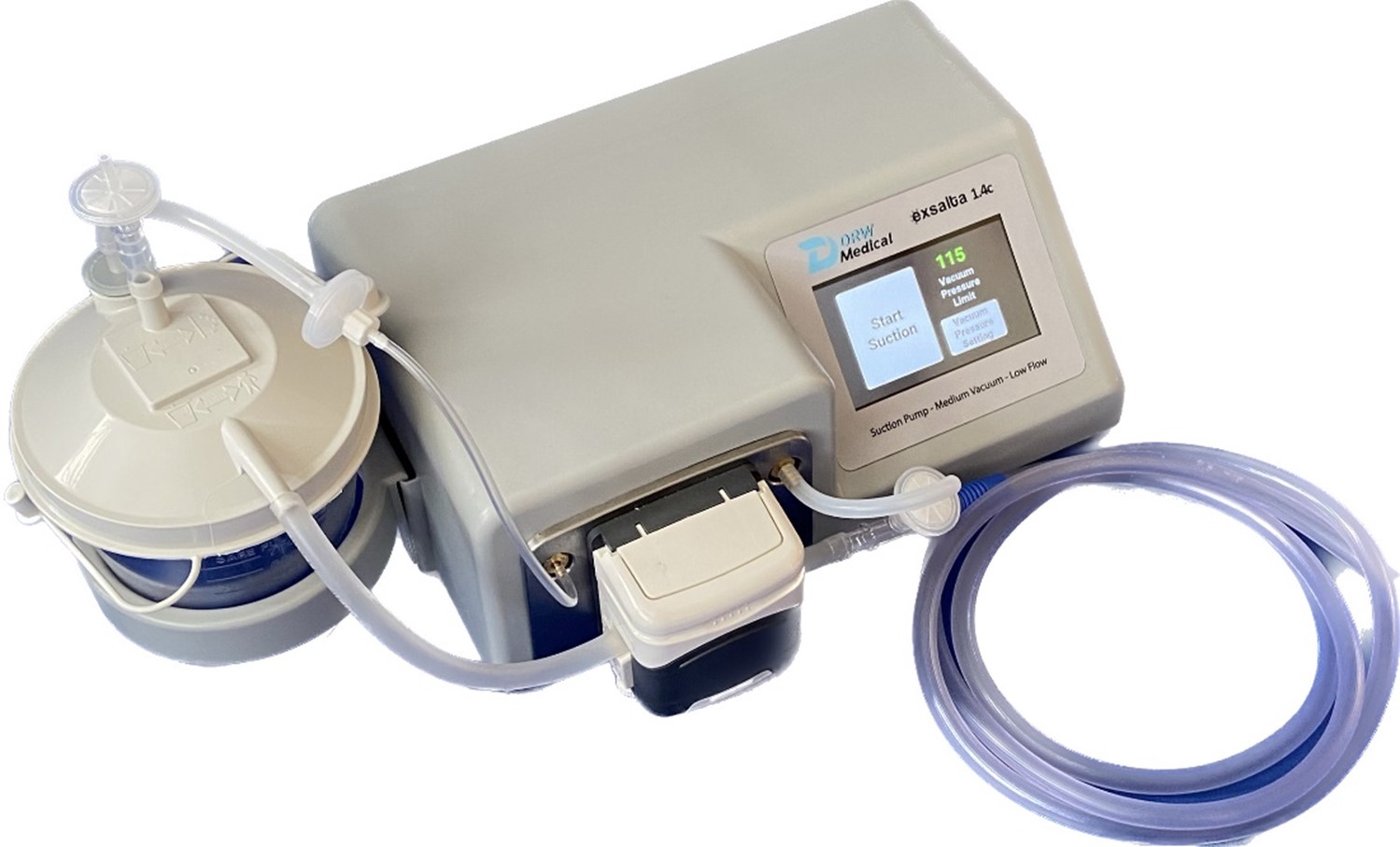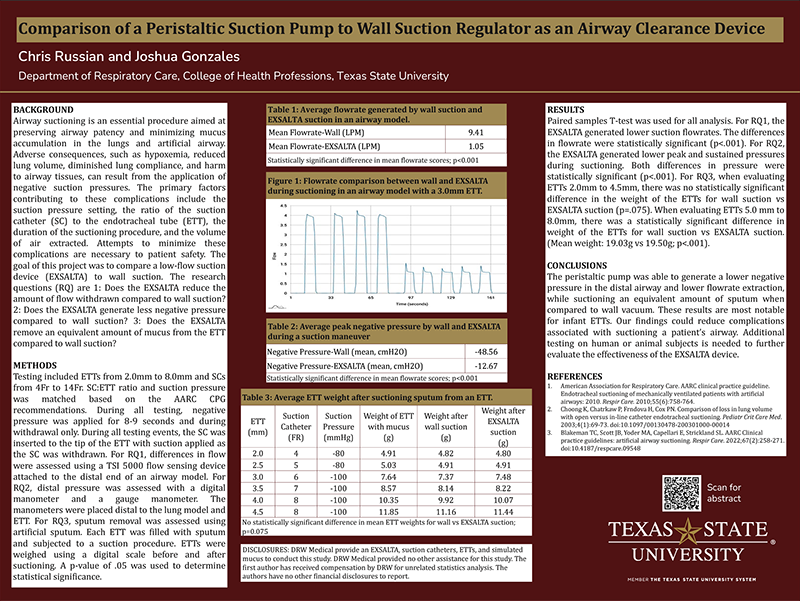
EXSALTA Suction:
Advanced Technology for Endotracheal Tube Secretion Management
The EXSALTA Suction device brings cutting-edge microprocessor-controlled low-flow suction to your NICU, offering a smarter, more patient-centered alternative to standard high-flow wall suction.
Why Choose Controlled Low Flow?
Improved Outcomes
Fewer bradycardia and desaturation episodes.
Gentler for the Patient
Reduces discomfort during suctioning.
User-Friendly
Designed for ease of use and efficiency.
Experience the difference using low-flow suction for your ventilator patients.
Contact us today to learn more or schedule an in-person demonstration!

Smart suction uses gentle low-flow operation with all the secretion removal efficiency of high-flow suction.
Comparison of a Peristaltic Suction Pump to Wall Suction Regulator as an Airway Clearance Device
View new research data that supports this technology

